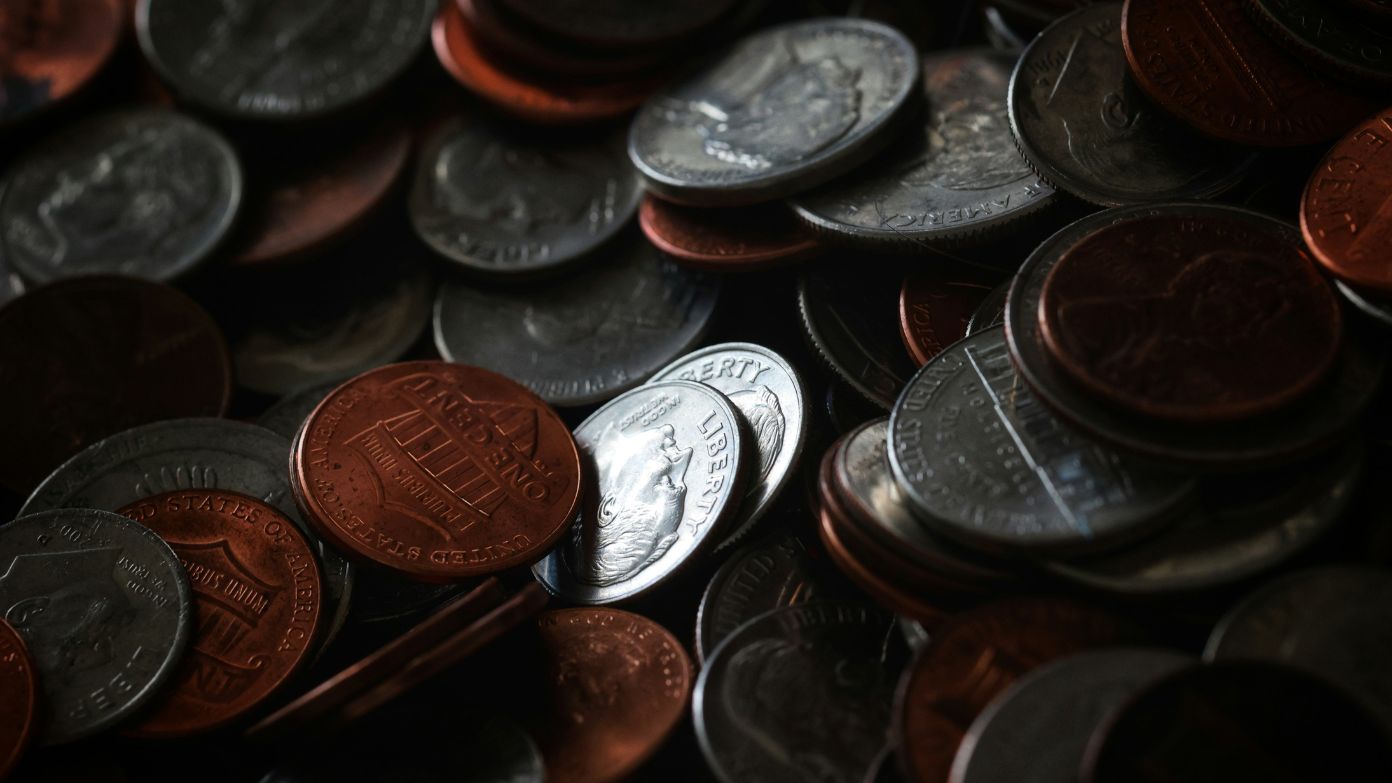If you are sorting through old coin jars or dusty rolls, you might have a hidden treasure staring back at you. The 1969-S Lincoln penny exists in a rare “doubled die” variety that, if genuine, could be worth well over six figures. And yes, somebody might just have tossed one in your garage or basement.
What is a “doubled-die” penny and why does it matter
You might wonder what the fuss is about: a doubled-die error happens when the minting die misaligns during production, resulting in parts of the date or lettering appearing clearly doubled (like “IN GOD WE TRUST,” “LIBERTY,” and the year).
The special 1969-S doubled-die Lincoln cent is extra rare—reports estimate only about 30 to 100 known examples exist.
How rare is the genuine doubled-die 1969-S Lincoln cent
To fully understand how rare it is, here are a few things one must consider:
- Population: Experts suggest around 30 to 50 authentic specimens are known to exist.
- Authenticity issues: The Secret Service once seized and even destroyed a few genuine ones, mistaking them for counterfeits.
- Common confusion: Many coins show mechanical doubling (also called strike doubling), which is not valuable. Genuine doubled-die examples are rare and unmistakable, with crisp, overlapping secondary images and a pebbly texture on the surface.
What have these coins sold for at auction?
You would be amazed at the figures. Here are some prices on different occasions that may shock you:
- A bright, uncirculated MS-64 Red (Mint State 64 Red) example sold for $126,500 in 2008.
- In March 2018, a similar MS-64 Red fetched $126,000.
- Then in January 2023, the finest known specimen—graded MS-66 Red—realized a staggering $601,875.
Even circulated versions with visible doubling typically command $10,000 and up, and uncirculated specimens often go for $35,000 to $50,000 or more.
How can you check your pennies to see if you have one
Here are simple and easy ways for you to get started:
- Look closely at the date and lettering—if you see clear doubling on “1969,” “IN GOD WE TRUST,” or “LIBERTY,” that is a good sign. Genuine doubled-die coins do not have doubling on the “S” mint mark.
- Examine the overall look. A real doubled-die variety has a distinct pebbly or crumbling look in the spaces around the numbers and letters.
- Avoid fake or mechanically doubled coins. Most “doubled” pennies are just mechanical errors and not worth much.
- If you think you have one, send it to a trusted grading service like PCGS or NGC. They’ll verify whether it is genuine and provide a certified grade.
So the next time you dig through coins in your garage or old change rolls, give that 1969 penny a second look—you might just be sitting on hidden numismatic gold.

